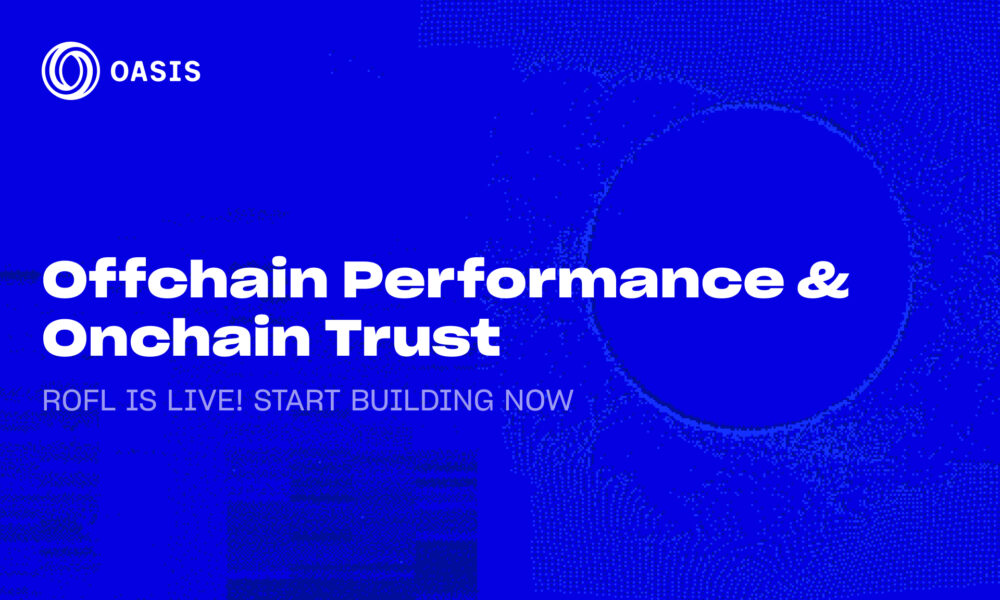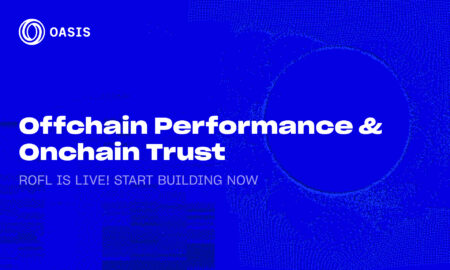Ensuring your company’s workforce is reliable, trustworthy, and qualified has never been more critical. This begins with the hiring process, where background checks play a pivotal role. These checks help employers verify the credentials, criminal history, and overall suitability of potential hires, thereby mitigating risks and protecting your organization’s integrity. However, as the dynamics of employment and security evolve, a new practice is gaining traction: employee re-screening.
Employee re-screening involves periodically re-evaluating current employees’ backgrounds to maintain a secure and compliant workplace. This practice is becoming increasingly common as businesses recognize the need to continuously safeguard against emerging risks and changes in employee circumstances. While initial background checks are indispensable for onboarding new employees, re-screening existing staff provides an additional layer of security and assurance for businesses. Here is a closer look at this trend.
Why Re-Screen Employees?
Employee re-screening is important for maintaining a secure and reliable workforce over time. As employees’ lives and circumstances evolve, so too can the risks they pose to your organization. For example, someone initially hired with a clean record could encounter legal or financial issues that might tempt them into unethical behavior.
Industries with stringent regulations and licensing requirements are also responsible for ensuring employees consistently meet these standards. Regular re-screening helps ensure compliance, especially for roles involving sensitive information or financial responsibilities. Additional reasons to re-screen employees include:
Maintaining a Safe and Secure Workplace
Over time, an employee’s circumstances can change in ways that might pose new risks to the company. For instance, an employee who was hired with a clean record might encounter legal or financial troubles later on. These changes could potentially lead to criminal activity, such as fraud or theft, especially if the employee feels pressured by their circumstances.
Additionally, certain industries have strict regulations and licensing requirements that employees must adhere to. Regular re-screening ensures that all employees remain compliant with these standards. For roles that involve sensitive information, financial responsibilities, or positions of trust, this is especially important. Ensuring compliance not only protects the company but also safeguards clients and the public.
Protecting Company Assets and Reputation
Companies invest substantial resources in building and protecting their assets and reputation. Internal fraud or theft can have devastating financial and reputational consequences. Regular re-screening helps mitigate these risks by identifying potential issues before they escalate. When you verify that your employees remain trustworthy and aligned with the company’s values, you can prevent incidents that might harm your company’s operations or public image.
Clients and customers also place significant trust in the companies they do business with. Demonstrating a commitment to thorough and ongoing employee vetting can enhance this trust. It shows that the company is proactive in ensuring that its workforce is reliable and ethical, thereby upholding its reputation.
Promoting a Culture of Honesty and Transparency
Implementing regular re-screening processes also promotes a culture of honesty and transparency within your organization. When employees know that their backgrounds will be periodically reviewed, they are more likely to maintain responsible behavior and adhere to company policies.
Furthermore, it demonstrates your company’s commitment to maintaining high ethical standards. Employees are more likely to feel secure and valued in an environment where ethical behavior is not just encouraged but actively monitored and enforced, potentially leading to higher morale and a stronger sense of community within the workplace.
When Should You Re-Screen Employees?
Implementing an effective re-screening strategy involves careful consideration of timing and circumstances to ensure maximum effectiveness and compliance. Here are key approaches to determining when to re-screen employees:
Regularly Scheduled Re-screening
Establishing a routine schedule for re-screening employees is a proactive measure that promotes consistency and predictability within the organization. Many companies opt for annual re-screening or tie it to specific milestones such as promotions or role changes.
Regular re-screening not only enhances security by identifying potential risks early but also reinforces a culture of accountability and compliance. Employees understand the expectations regarding periodic background checks, fostering transparency and trust between both parties.
Re-screening Based on Specific Events
In addition to regular schedules, re-screening based on specific events or triggers is essential for targeted risk management. Events that warrant re-screening include promotions to higher-risk positions, significant financial hardships, or suspicious behavior observed within the workplace. These tailored approaches ensure that heightened scrutiny is applied when circumstances suggest an increased potential for risk or misconduct.
By adapting re-screening protocols to specific events, organizations can swiftly respond to emerging threats and mitigate risks before they escalate. This proactive stance not only protects the company’s interests but also preserves its reputation and operational integrity.
Industry-Specific Requirements
Certain industries impose regulatory requirements mandating periodic re-screening of employees. This is particularly prevalent in sectors such as healthcare, finance, and childcare, where the nature of work involves handling sensitive information, financial transactions, or direct interactions with vulnerable populations. Regulatory bodies set these measures to ensure ongoing compliance with industry standards and to uphold public trust in the integrity of services provided.
Adhering to industry-specific re-screening requirements not only safeguards against potential liabilities but also demonstrates a commitment to maintaining the highest standards of professionalism and safety. It reinforces the organization’s credibility and reliability within its sector, positioning it as a responsible steward of both employee and public welfare.
Implementing a Re-Screening Program
Implementing an effective re-screening program requires careful planning and adherence to legal standards while prioritizing employee understanding and engagement. Here’s how you can navigate this process:
Legal Compliance and Transparency
Adhering to legal guidelines, such as those outlined in the Fair Credit Reporting Act (FCRA), is essential when conducting employee re-screening. This legislation ensures that individuals’ rights are protected throughout the background check process, including consent, notification, and the opportunity to dispute any adverse findings. Employers must obtain explicit consent from employees before initiating re-screening and provide clear disclosures about the purpose and scope of the checks.
Transparent communication is crucial to fostering trust and compliance among employees. Clearly explain why re-screening is necessary, emphasizing its role in maintaining a safe and secure workplace for all. Facilitate open dialogue to help alleviate concerns and ensure your employees understand the company’s commitment to their safety and the integrity of its operations.
Choose the Right Re-Screening Scope
Tailor the scope of re-screening checks to align with specific job roles and potential risks. Different positions within your organization may require varying levels of scrutiny, such as criminal background checks, verification of professional licenses, or review of motor vehicle records for employees who drive as part of their duties.
By customizing re-screening protocols, you can focus resources where they are most needed and enhance the accuracy and relevance of the screening process. Following this targeted approach not only improves risk management but also ensures compliance with industry standards and regulatory requirements specific to each role.
Maintaining a Positive Employee Experience
Approaching re-screening as a routine security measure rather than a judgment of individual trust is crucial for maintaining a positive employee experience. Emphasize that re-screening is conducted to uphold the organization’s commitment to safety and compliance, rather than questioning an employee’s integrity. Clear and empathetic communication throughout the process helps employees feel valued and informed, reducing anxiety or misunderstandings.
Addressing employee concerns openly and promptly is essential to nurturing a supportive workplace culture. Provide avenues for employees to ask questions or seek clarification about the re-screening process. When you demonstrate sensitivity and respect for employees’ rights and privacy, you can cultivate trust and cooperation during what can be a sensitive procedure.
In the End
Employee re-screening is not a replacement for initial background checks, but rather a complementary practice that strengthens your organization’s security posture. By periodically re-evaluating your workforce, you can mitigate evolving risks, ensure continued compliance with regulations, and protect your company’s assets and reputation.
This approach not only safeguards your business but also reinforces your commitment to ethical practices and responsible governance. As the dynamics of employment continue to evolve, employee re-screening is poised to become an increasingly valuable tool for building a resilient and future-proof workforce.



































